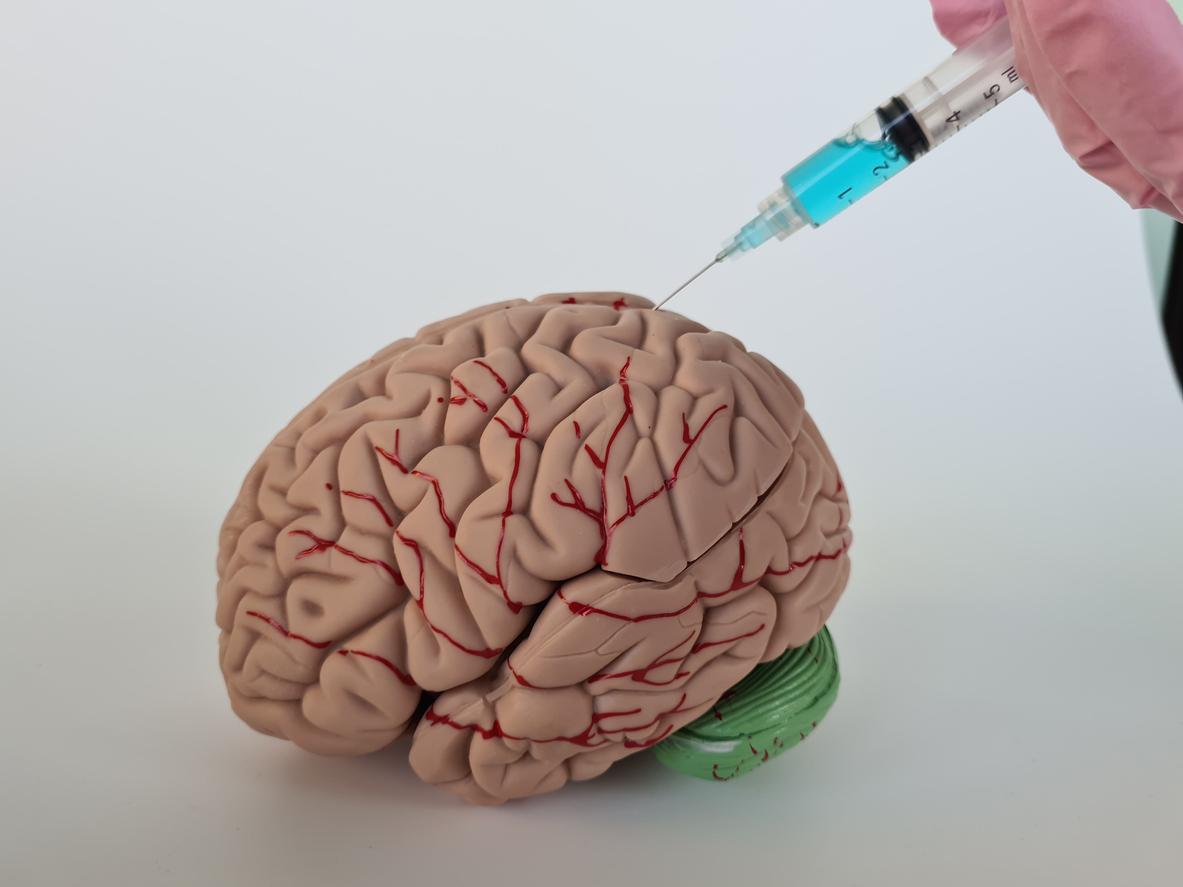Researchers at the Royal College of Surgery Medical College in Ireland have discovered three new brain tumor subtypes. Their work could improve the treatment of glioblastoma, the most common brain cancer in adults.

- If glioblastoma occurs at any age, in 70% of cases it is diagnosed between 45 and 70 years old.
- Researchers have identified 3 subtypes of glioblastomas.
The team from the University of Medicine at the Royal College of Surgery in Ireland (RCSI) found that glioblastomas can be classified into three categories based on the different types of non-cancerous cells found around the tumour. They have different levels of immune cells and blood vessel cells.
Brain tumours: towards more personalized treatments
To date, the majority of patients with glioblastoma receive similar treatment. According to the researchers involved in the work published in the journal Annals of Oncologythe identification of the 3 subtypes of this brain cancer according to the cells present in its close environment could lead to the implementation of more precise treatments.
“Patients with glioblastoma currently have a poor prognosis due to limited treatment options, so it is vital that new treatments are developed. Targeted therapy or ‘precision medicine’ (also called personalized medicine) has the potential to improve outcomes for these patients. We hope that further analysis of the tumor subtypes identified in this research will provide the data needed to support future glioblastoma clinical trials in Ireland.”explains Pr Annette Byrne, lead author of the article.
Glioblastoma: targeting according to the level of immune cells
According to the researchers, patients with high levels of immune cells in the nearby tumor environment could benefit from specific immune-targeting therapies (immunotherapies).
“An evaluation of glioblastoma clinical trial datasets by this research group supported this idea, showing that patients with this tumor subtype may have a better outcome when treated with immunotherapies by compared to other subtypes”say the researchers.
















